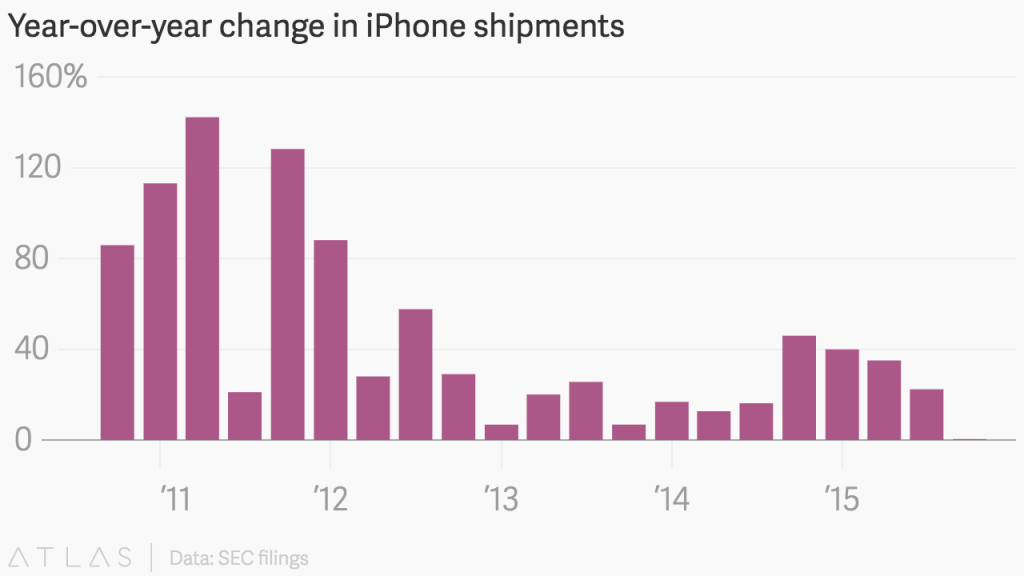
As part of my role with the Content Marketing Association I organise and host the monthly Digital Breakfasts, writes Tim Tucker. It’s one of the highlights of my month, as I get to talk to some of the most experienced and inspirational minds in the UK’s creative industries.
This month we led on the theme of ‘User Centred Design and Content’, with presentations from:
* Jonny Kaldor, Co-Founder at Kaldor Product Development Group
* Andy Budd, Founder and Managing Director, Clearleft
* Alex Watson, Director of Product, Tablet and Apps, Dennis Publishing
What is a magazine?

Alex Watson, speaking at the CMA Digital Breakfast June 2013.
Having come from a background in magazine journalism, I’ve seen the impact that digital has has had on this industry first-hand. As Alex Watson said in his presentation, the publishing industry been forced to ask itself: ‘What is a magazine?’ and ‘What does our product do for its users?’
That’s not an easy question to answer, and will vary from title to title. In fact, as Alex showed, a magazine is many things across its lifespan – it’s an advert, some relevant content, a reference tool, a souvenir, and more.
User centred design and content
All three speakers argued that the key to providing value in digital media is to put the end user at the heart of the design process.
Andy Budd highlighted another important tenet – failure is a core part of the product development process and a pre-requisite for success (adapted from the ‘lean start-up’ movement).
In reviewing the process of launching Dennis Publishing’s The Week magazine on iPad, Andy referenced the classic architect’s mistake of designing for a fictitious user behaviour that only existed in the designers’ heads.
This is how print magazines are often developed, and publishers invariably adopt the same approach when it comes to digital launches.
For digital designers and creatives, it’s important to evaluate the product design in context. That means testing your product early enough in the process, and often enough to identify any problems.
Andy was bold enough to share some of the details of the failure of the first prototype for the Week. What’s important is that those insights informed the finished design, which went on to become a great success for the app with readers and subscribers.
Take a look at Andy’s full presentation, and check out this book for more on UX for Lean Startups.
This article originally appeared at Tim Tucker online.
Posted in: Big Picture story, Opinion | Leave a Comment













